Since January 10, 2002, the federal law “On Environmental Protection” has been in force in Russia, one of the clauses of which provides for a contribution for negative environmental impact (НВСО). Every year, enterprises and individual entrepreneurs of our country have many questions about the rules for filing a declaration, payment deadlines and possible penalties. This article will help you to get comprehensive information on this issue, to understand the procedure for filling in all the necessary documentation.
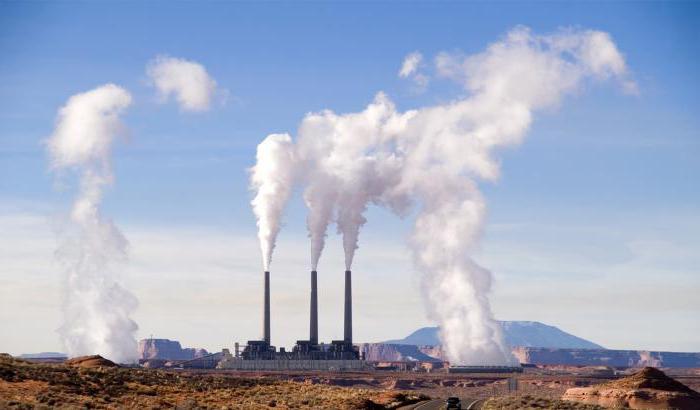
general information
The provisions on tax for NIE have replaced the already outdated law on environmental pollution. This fee is determined by the Constitution as a mandatory public payment and is formally considered a fiscal fee. According to the Tax Code, such contributions are mandatory and do not exempt enterprises from environmental protection measures.
In accordance with the Federal Law of 10.01.2002 “On Environmental Protection”, the following types of environmental impact assessment are provided. It:
- pollution of surface and underground water bodies, discharges of pollutants to places where water is collected for the needs of the population;
- poisonous emissions into the atmosphere, this applies to stationary objects;
- disposal of solid waste generated during the production process.
The conditions and rates of payment are specified in the Decree of the Government of the Russian Federation of September 13, 2016 No. 913.
Other types of harmful effects on the environment, such as soil pollution, excess noise, vibration or electromagnetic radiation are not taxed, since there is no way to measure the degree of environmental impact, and therefore there is no norm for determining the required fee. Contributions for emissions into the atmosphere by mobile objects are also not made, as indicated by letters of the Ministry of Natural Resources of Russia dated 07.23.2015 No. 02-12-44 / 17039 and dated 10.03.2015 No. 12-47 / 5413. So the organization does not have to pay for existing vehicles.
All issues related to payment and reporting documentation are controlled by the Federal Service for Supervision of Natural Resources of the Russian Federation.
Who is the payer?
IEEE is one of the measures of state control over the level of environmental pollution. According to the Federal Law of 10.01.2002, the established fee should be paid by all organizations, enterprises and institutions whose activities are associated with a negative impact on nature. This list includes domestic and foreign companies, as well as legal entities and individuals. Since 2010, a fee for an IEE has also been levied on budgetary organizations that were previously exempted from this responsibility.
Many nature users have questions about the conditions under which an enterprise can be exempted from these contributions. The fee is not transferred only if the hazard category IV is established at the production facilities, which means:
- no radioactive releases are made;
- the amount of harmful emissions does not exceed ten tons per year;
- the company's activities do not affect the pollution of surface and groundwater.
The hazard level of the facility is established by Rosprirodnadzor after an appropriate inspection.
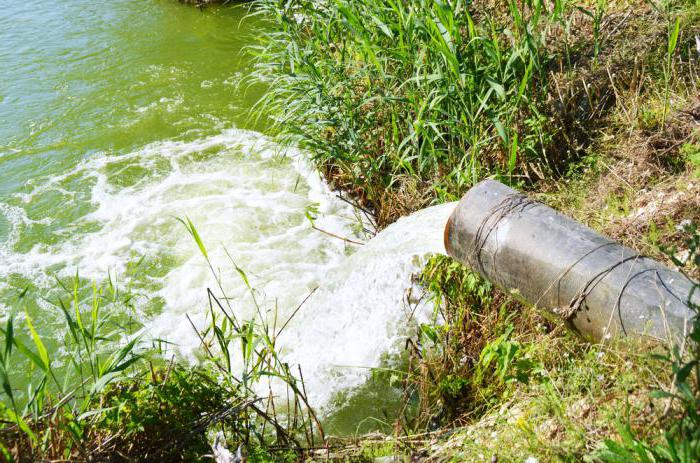
Some managers are mistaken in that the conclusion of a contract with an organization involved in the collection and disposal of garbage exempts them from paying the tax on non-mandatory environmental protection. The owner (if it is not an office, school, small business, etc.) is in any case obligated to make annual deductions for negative environmental impacts.
Categories of sources of IEEE
When differentiating the objects of NVOS, a number of criteria are taken into account, which determine the level of influence of production on nature. The main provisions are spelled out in Federal Law No. 7 of January 10, 2002, but in 2014, a special commission made significant changes and additions.
According to these normative acts, the following conditions are taken into account to classify an enterprise into a certain category:
- the level of harmful effects on the environment;
- to which class an industrial facility or production is assigned, to which industry;
- hazard class of discharged substances, toxicity level, presence of mutagenic properties in waste;
- relevance to the object of nuclear energy.
According to the specified criteria, the objects of IEEE are divided into four categories, where I means that the source of pollution has a serious impact on the environment, II - moderate IEEE, III - insignificant; and IV is the minimum.
Federal Law No. 219 dated July 21, 2014 introduced significant changes to the rules for classifying an enterprise as a particular group. For example, research centers, design bureaus, etc., were removed from the list of category I
What is related to the objects of NVOS?
According to the definition prescribed in the Federal Law No. 7 of 01/10/2002, IEE facilities are a source (or their combination) of harmful effects on the environment located in a separate territory.
Depending on the nature of the location, the following types of objects are distinguished:
- Stationary - these are production pipes, boiler rooms, parking lots, diesel installations, places where they process metal, wood, work with paint, sewage treatment plants are located, etc.
- Mobile - any vehicles of an enterprise, including air, water and underwater, all those with engines powered by gasoline, diesel, gas or kerosene.
- Wastewater discharges - any sources that form polluted water as a result of production activities and lower it to the ground, into a river, lake or sea.
- Household and industrial waste generated during the operation of the enterprise.
The last item includes many public places, such as office buildings, schools, workshops, offices, shops, etc.
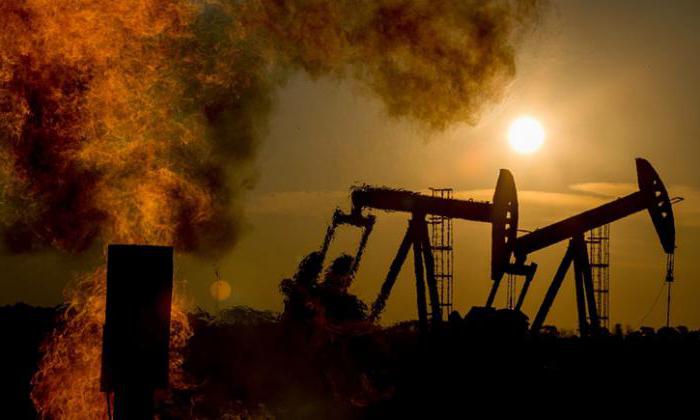
Registration
Organization registration for registration in the state accounting system is carried out by the territorial Rosprirodnadzor. The object's EIA and the established tax amount will be determined by the regulatory body itself. The only thing the organization needs to do is fill out an electronic application on the free service of Rosprirodnadzor.
The easiest way to do this is with a certified electronic signature. Together with the application, this data is uploaded to the portal, and it remains only to wait for confirmation from the territorial authority. If there is no ES, the application is formed using the module, where the NVOS form of the latest version is located. The completed document is printed and sent to the controlling organization by mail.
Rosprirodnadzor will register the application, assign it an account number and enter in the register all data on the source of the NVOS. This is beneficial primarily to enterprises, since if a non-payment of special contributions or the fact of hiding the present level of damage to nature is detected, the organization faces a serious fine.
When do I need to pay?
In paragraph 5 of Art. 16.4 Federal Law No. 7 of January 10, 2002 stipulates that all deductions for negative environmental impacts should be made once a year (earlier than once a quarter) no later than March 1 of the year following the reporting year. In 2016, changes were made for large industrial enterprises, the possibility of an advance payment appeared no later than the 20th day, its size is ¼ of the fee transferred last year. This innovation has not affected individual entrepreneurs and small businesses; they pay taxes once a year.
Since 2016, the reporting procedure has changed; now the company must draw up a special document in the form approved by the Government of the Russian Federation.The IEEE declaration includes several sections; only those needed by the organization need to be completed. The company itself must calculate the size of payments, taking into account all possible pollution associated with production. If, for example, an enterprise does not have stationary sources of emissions of hazardous waste, then nothing needs to be entered in the first section of the form of payment for an IEE.

How to find out the required amount?
Each year, new rates and tariffs are calculated, on the basis of which a fee for the NVOS is established. Today, the amount of deductions is prescribed in the Decree of the Government of the Russian Federation of September 13, 2016 No. 913, the data are valid until 2018.
Letter No. 04-09 / 673 of the Federal Environmental Supervision Service dated June 4, 2007 contains detailed information on how the NIE is calculated, as well as on additional ratios and rates.
The final payment amount can be calculated through the Eco-Expert program, which allows you to optimize the management of the enterprise and automate the calculation of taxes on NVOS. There are other programs, including the “NVOS Module”, specially created in order to simplify the reporting process for organizations, as well as optimize the work of regulatory bodies. You can find it on the official website of Rosprirodnadzor.
Some enterprises are required to take into account an additional factor in the final calculations if their business activities take place in territories specially protected by the state.
Declaration Format
According to the established rules, a report for a certain period must be submitted electronically, the filing date will be considered the moment of its registration on the website of Rosprirodnadzor. In some cases, the filing of an IEE declaration is permitted on paper:
- if the nature user does not have an electronic signature;
- provided that the annual payment does not exceed 25 thousand rubles;
- or the payer does not have access to the Internet.
In such cases, the deadline for accepting the payment will be the time of submission to the regulatory authorities.
Filling Rules
The NVOS declaration form was approved by order of the Ministry of Natural Resources of Russia on 01/09/2017. It has comments and notes that describe how to proceed. In addition, there are some nuances that must be taken into account by the person responsible for filling out.
- In the existing table, only those sections that are directly related to the economic activities of the organization are filled out.
- If the company has facilities in different regions of the country, each of them has its own IEE declaration.
- All amounts are written with an accuracy of one hundredth, rounding can only be done in accordance with existing rules.
- All numbers, except for TIN and KPP, are entered in cells from right to left, starting with the smallest.
- All sheets must be signed by the person responsible for completing the NSAI.
Ready-made documents, stitched, numbered, with the seal of the organization and the signature of the head are handed over to the territorial office of Rosprirodnadzor. No additional papers are usually required, but in some cases the regulatory authorities ask for a lease, regulatory documents, acts on the transfer of waste, etc.
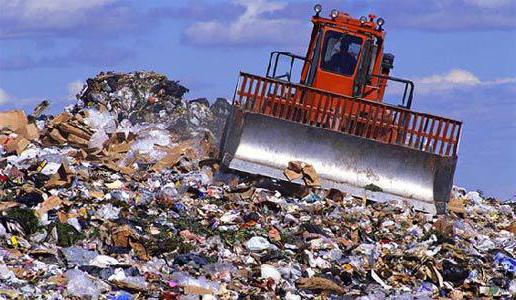
Sample
Filling out an IEE declaration is a rather laborious task requiring certain knowledge and skills from employees. Today, there are special firms providing a similar service. In small companies, this responsibility falls on the shoulders of accountants, since not everyone can afford the position of ecologist. Today, there are special firms providing a similar service. However, there are basic principles that will help you to find out what items the form of payment for an IEE consists of.
1. Title page: all data on the organization and founders are indicated here:
- name;
- Full name of the head;
- Contact details;
- TIN and PPC;
- legal form;
- Signatures of the head and accountant.
2. Section 1: here data on stationary sources are recorded, the category of the facility, its name, code and location, as well as the date and number of the issued permit for emissions are indicated.
3. Section 1.1: indicators such as calculation methods for associated petroleum gas flaring, production and combustion volume, technological losses and level of use are added to the above information.
4. Section 1.2: here data on payment for harmful emissions into the atmosphere, when burning or dispersing APG in volumes exceeding the established norm, are prescribed. The name of the facility, location, code, calculation methods and data on production and use are also indicated.
5. Section 2: filled out by the person responsible for the discharge of waste into wastewater and drainage water.
6. Section 3: any waste that has a negative impact on the environment (garbage, municipal solid waste, etc.) is indicated here.
7. Section 3.1: all actions are indicated, including the disposal or disposal of waste.
A specific example of filling the NVOS can be found in the appendix to Order No. 3 of the Ministry of Natural Resources of Russia dated 01.01.2017 “On Approving the Procedure for Submitting a Declaration on Payments for Negative Impact on the Environment and Its Form”.
Representatives of small businesses often have questions about item 3. If they prove that the organization is not involved in harmful emissions, it will be necessary to contact the territorial authority of Rosprirodnadzor to exclude the company from the list of payers.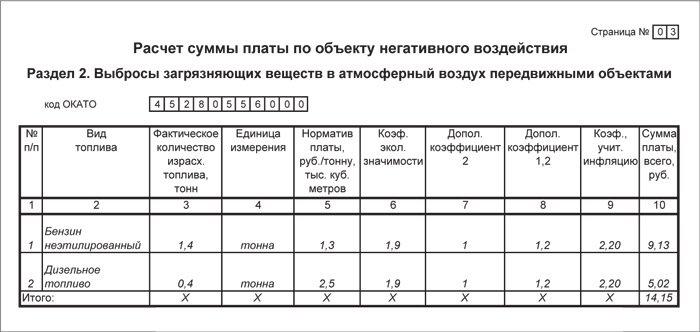
What is the “Nature Management Module”?
Since 2011, Russia has been actively implementing a program to convert public services into electronic form. Every year more and more departments and structures join the initiative. Since 2012, the Federal Environmental Management Service has been accepting all reports containing information on waste management, as well as on the payment of a contribution for negative environmental impact, mainly in electronic form.
The NVOS Module is a free program created specifically for the needs of nature users. Here, the head of the company or other responsible person can maintain an information base on the volumes of the negative impact on the environment, include details of the posting documents. And also the module allows you to carry out calculations of fees for NVOS.
The program provides the following reports:
- Calculation of the amount of payment.
- 2-TP (Waste).
- Application for registration of an object in the system of Rosprirodnadzor.
- For small and medium-sized businesses, reporting on the generation, use and storage of waste is provided.
Information about the organization and available documents will need to be entered only once, then, as necessary, add data on the economic activities of the enterprise. All reports are generated by the program.
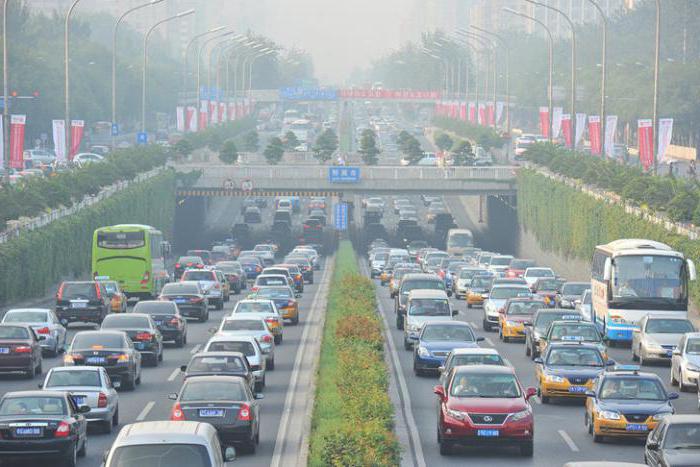
Consequences of non-payment
Many nature users are interested in the question of where the paid funds go. Since the contribution for the negative impact on the environment is not considered tax itself, but is a special form of compensation, the amount is distributed in another way. Part of the amount goes to restore the nature of the region of the country where the business is located. The federal budget receives 20% of the funds, the income of the constituent entities of the Russian Federation - 40% and the municipal regions as well 40%.
The legislation provides for administrative liability for non-payment at the indicated time. According to the Code of the Russian Federation of June 22, 2007 “On Administrative Violations,” a fine may be imposed for late payments: for an individual - 3,000-6,000 rubles, for legal entities - from 50,000 to 100,000 rubles.
Frequently asked Questions
Small companies believe that their activities do not fall under the law on NIE, but this is not so. Contributions to Rosprirodnadzor are required to pay all enterprises.During the operation of the offices, household waste is also generated: garbage, used lamps, computer equipment, paper, etc. But if the company has an agreement with a company involved in the collection and disposal of waste, then responsibility for harming the environment passes to it . The same applies to tenants: they have the right not to pay an environmental tax if the contract states that payments are made by the owner of the premises.
If the company did not carry out any activities during the reporting period, then the management will need to hand over the so-called zero calculation. However, if the regulatory authorities find fraud, the company will be fined according to the Code of Administrative Offenses.
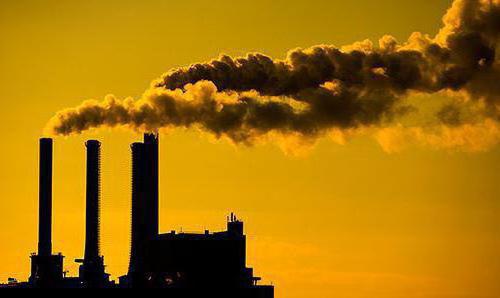
The organization is required to keep records in the field of waste management. In case of verification, a special journal must exist; it may take the form of paper or electronic media. For this, special programs are provided, including the NVOS module. This application can be found on the official website of Rosprirodnadzor. The data retention period is five years. Also, managers must have a passport for all waste generated at the enterprise.
Currently, the legislation does not establish a procedure for the return of funds in case of overpayment. In this case, it is necessary to contact the territorial authority of Rosprirodnadzor with all the documents confirming the transfer of funds and the declaration for the NVOS. The organization will reconcile the data, and when the overpayment is confirmed, the funds will be returned.